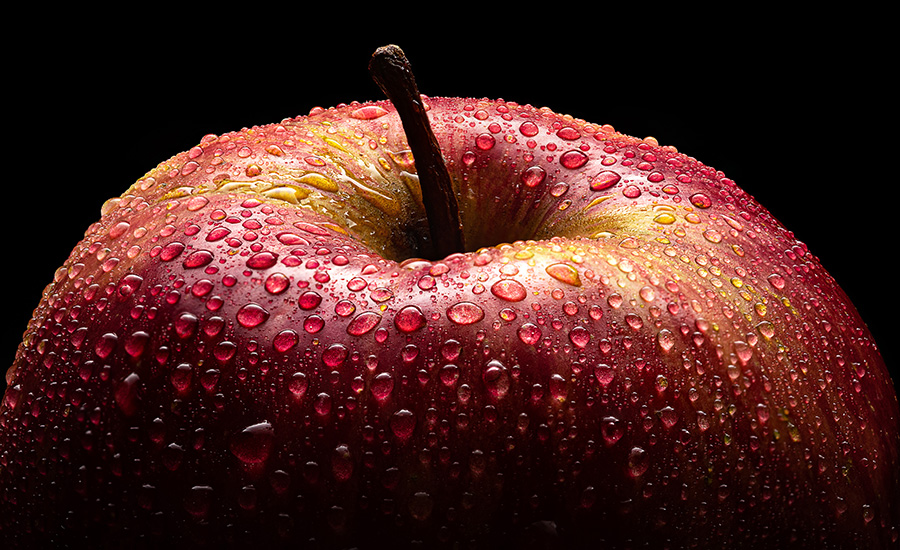“You are not using those… chemicals… in my house!” You can bring in your SDS sheets, assure them that your products are environmentally safe and hypoallergenic, but there will always be someone who does not trust your odor control products. What now?
In the world of restoration and remediation of odor, there are dozens of products that are formulated specifically for the malodors that are afflicting the structure and content in various ways. Mold, mildew, burnt meat, urine, feces, smoke, cigarettes, marijuana, wet carpet, rotten food and many other contaminants can produce a variety of less-than-desirable smells. After the source has been removed, there can be some odors that are left lingering behind that need a little extra help to eliminate.
Depending on the type of damage, most restoration professionals will bring out the ozone generators, hydroxyls, thermal foggers, sealant, paint, odor encapsulants or counteractants, and various other cleaning solutions designed to eliminate the intruding malodors. These are all very effective tools and treatments to use, but what happens when your customer won’t let you use any of them?
We all have had at least one tricky customer that has severe reactions to unfamiliar smells, or allergies to cleaning solutions. These very particular customers will occasionally even offer their own list of products that you can use in their home. The following methods are not your average restoration practices, but they can make chemical- and odor-sensitive customers very happy with their results while also providing an effective odor-removing remedy.
- Hydrogen peroxide: Not only is hydrogen peroxide an excellent resource for odor removal, it is also ideal as a cleaning solution. Connect with your local cleaning solution vendor to determine the best potency of hydrogen peroxide to use on your project. Cleaning solutions generally range anywhere from 3% to 32%. The 3% works well for most house cleaning and odor removal without causing any potential surface damage to the structure or content. You can use the hydrogen peroxide on fireplaces, appliances, kitchens, cookware, porcelain, tile, laminate, showers and many other odorous areas of the home. You will want to avoid any fabric or carpet with the peroxide, as it may cause discoloration. Many restoration cleaning specialists use hydrogen peroxide base cleaner for cigarette smoke removal, bio cleanup, and food/protein cleanup. The foaming action works very well for porous surfaces such as brick and stone.
- Vinegar: Isn’t that a malodor?! It can be, but a lot of customers with chemical sensitivities will swear by it. The smell of vinegar reminds them of clean and it dissipates very quickly. Vinegar may not always be the most pleasant thing to work with in terms of its own odor, but it is highly effective with removing malodors and cleaning any surface of the home safely. White vinegar and apple cider vinegar are the types of vinegar that are commonly used for cleaning and odor control. Please always handle with gloved hands! Vinegar is acidic and can often irritate the skin with prolonged exposure.
- Baking soda: A favorite among the world of household odor control! But also very effective for restoration-related odor remediation and cleaning. Baking soda has a multitude of uses for restoration, odor control being top of the list. Often seen in personal refrigerators or other odor-producing locations, baking soda is an excellent absorbent of lingering odors. Sprinkle some on the carpet or rug, raw wood, crawlspaces, upholstered items, or any other malodorous surfaces for a safe control of odors. Baking soda also can assist in absorbing stains, dissolving dirt, and adding a light scouring element to cleaning. Baking soda is an excellent additive to your restoration laundry operation, boosting your preferred detergent’s grime-fighting and odor-removal process.
- Apples: Yes, apples! Apples are amazing odor absorbers; not to be used in large spaces, but in small, confined areas that have lingering odors after source removal and cleaning has been completed. Apples are commonly used in cars and instrument cases to naturally eliminate odors without the use of any chemicals or equipment. Apples can be sliced in half or in quarters and placed inside the car or instrument case for 24 to 48 hours. The result will be a fresh-smelling apple scent in place of malodorous particulates.
- Essential oil: Essential oil odor remediation is more common than you think. If you have ever utilized Vaportek, you have used an essential oil-based odor remediation method. Vaportek is a dry, natural way of odor elimination that is very effective in residential homes and office spaces. The customers also have their pick of preferred, comforting odors to combat psychological odors and create a pleasant living/working space. If you do not have Vaportek, you can also utilize essential oils by putting the oil on cotton cloth and placing it around registers or inside oil diffusers around affected areas. Always be sure to involve your customer in the selection of the preferred essential oil! Assume that any odor that you add into the environment could nauseate or irritate your customer.


